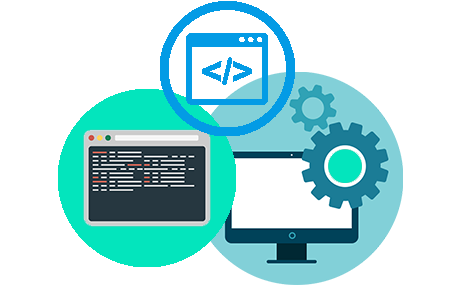- API tools are great because many times you can leverage one test script to help with API load/stress performance testing, security testing and penetration testing. So let's get to it. Although there are a lot of great paid options here are the top free API testing tools you should check out.
- Microsoft offers this excellent tool for free, and you can download it from Microsoft Technet. It’s even open source, so you can download and inspect or modify the source code from GitHub. Diskspd has been tested to work on desktop versions of Windows 7, 8, 8.1, 10, as well as Windows Server 2012, 2012 R2, and 2016 Technical Preview 5.
The Apache JMeter™ application is open source software, a 100% pure Java application designed to load test functional behavior and measure performance. It was originally designed for testing Web Applications but has since expanded to other test functions.
FurMark is a lightweight but very intensive graphics card / GPU stress test on Windows platform. It's a quick OpenGL benchmark as well (online scores). FurMark is simple to use and is free.
What can I do with it?

Apache JMeter may be used to test performance both on static and dynamic resources, Web dynamic applications.
It can be used to simulate a heavy load on a server, group of servers, network or object to test its strength or to analyze overall performance under different load types.
Apache JMeter features include:
- Ability to load and performance test many different applications/server/protocol types:
- Web - HTTP, HTTPS (Java, NodeJS, PHP, ASP.NET, …)
- SOAP / REST Webservices
- FTP
- Database via JDBC
- LDAP
- Message-oriented middleware (MOM) via JMS
- Mail - SMTP(S), POP3(S) and IMAP(S)
- Native commands or shell scripts
- TCP
- Java Objects
- Full featured Test IDE that allows fast Test Plan recording (from Browsers or native applications), building and debugging.
- CLI mode (Command-line mode (previously called Non GUI) / headless mode) to load test from any Java compatible OS (Linux, Windows, Mac OSX, …)
- A complete and ready to present dynamic HTML report
- Easy correlation through ability to extract data from most popular response formats, HTML, JSON , XML or any textual format
- Complete portability and 100% Java purity.
- Full multi-threading framework allows concurrent sampling by many threads and simultaneous sampling of different functions by separate thread groups.
- Caching and offline analysis/replaying of test results.
- Highly Extensible core:
- Pluggable Samplers allow unlimited testing capabilities.
- Scriptable Samplers (JSR223-compatible languages like Groovy and BeanShell)
- Several load statistics may be chosen with pluggable timers.
- Data analysis and visualization plugins allow great extensibility as well as personalization.
- Functions can be used to provide dynamic input to a test or provide data manipulation.
- Easy Continuous Integration through 3rd party Open Source libraries for Maven, Gradle and Jenkins.
How do I do it?
- Using JMeter to understand how to use it
- Component reference to have detailed information for every Test element
- Functions reference to have detailed information and examples for every function
- Properties reference for all properties that allow you to customize JMeter
- Building JMeter and Add-Ons for advanced usage
JMeter is not a browser
JMeter is not a browser, it works at protocol level.As far as web-services and remote services are concerned, JMeter looks like a browser (or rather, multiple browsers);however JMeter does not perform all the actions supported by browsers.In particular, JMeter does not execute the Javascript found in HTML pages.Nor does it render the HTML pages as a browser does(it's possible to view the response as HTML etc., but the timings are not included in any samples, and only one sample in one thread is ever displayed at a time).
Tutorials
Open Source Website Stress Test Tool
Further Information About JMeter
Stress Test Tool Open Source Tool
Go to top
Comments are closed.